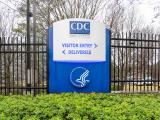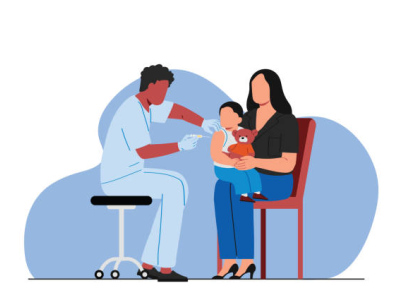Jun 12, 2009 (CIDRAP News) – On the heels of yesterday's pandemic declaration by the World Health Organization (WHO), the US Centers for Disease Control and Prevention (CDC) today urged businesses to review their pandemic plans to make sure they're flexible enough to respond to a moderate or severe pandemic.
At a teleconference today for the business community, Lisa Koonin, MN, MPH, a senior adviser with the CDC's influenza coordination unit, said that because influenza viruses are so unpredictable and the pandemic may change or become more severe in the fall, now is the time for businesses to revise pandemic plans or begin developing one if they don't already have one. About 680 people called in for the conference.
Anthony Fiore, MD, MPH, a medical epidemiologist in the CDC's influenza division, said the novel flu cases and hospitalizations are hitting younger people and children the hardest. "This is much of the workforce, as well as their children," he said.
He warned that a vaccine against the new virus, if successfully developed, won't be available until October or later and probably won't be distributed through typical commercial channels. Fiore advised businesses to plan on using basic preventive measures as a fallback, such as encouraging employees to stay home when they're sick, cover their coughs, and wash their hands frequently.
Employees who have risk factors for flu complications, such as asthma, cardiac conditions, or pregnancy, should be advised to seek medical care quickly if they have flu symptoms, he said. Those who don't have risk factors and experience severe symptoms should also seek care.
Koonin reminded companies that the WHO's pandemic declaration wasn't based on severity, but on sustained transmission levels indifferent parts of the world. However, she advised groups to be alert for new flu developments by seeking out situation updates from local, state, and national public health agencies, which will help businesses align their practices with public health recommendations. She warned that the novel virus will affect different locations in different ways.
"There will be different pictures all around the world," Koonin said. "We need to be nimble and tailor our response based on that picture."
Employers should review their leave, pay, and benefits policies to determine if any adjustments are needed to allow employees to stay home for 7 to 10 days if they are sick with the novel flu or need to stay home to care for a sick family member, she said.
Flexibility with policies will be crucial, Koonin said. For example, employers may not want to require a doctor's note when workers have been home sick, because clinics and emergency departments will likely be swamped, making it difficult for sick people to get notes in a timely manner.
She advised the group to address business continuity concerns by identifying essential business functions and critical employees, planning for staffing redundancy for key positions, and assessing supply-chain and critical input issues. Koonin added that it's a good idea for businesses to ask suppliers to provide details about their pandemic plans.
During a question and answer period, representatives from several businesses said they need more guidance on severity to help them assess and revise their pandemic plans. The CDC officials said they expect the WHO to issue some severity guidance soon, but in the meanwhile business can use a severity scale, based on case-fatality ratio, that was included in the CDC's2007 community mitigation guidance. They said the current severity level would be 2, roughly equivalent to the 1957 pandemic.
Some businesses also asked the CDC for clearer guidance on how long people with novel flu infections should stay home before returning to work. Fiore said the current guidance, issued out of an abundance of caution but without much scientific data, is 7 days or 24 hours after symptoms resolve, whichever is longer.
He said the CDC is actively examining its recommendation on how long to stay home and hopes to update its guidance within the next few weeks.
See also:




















